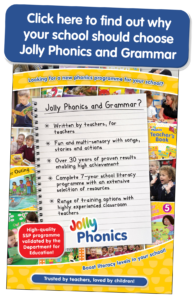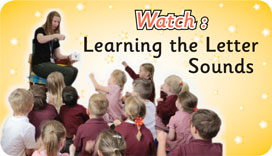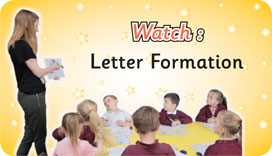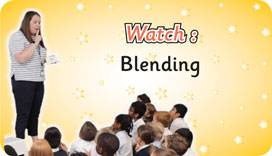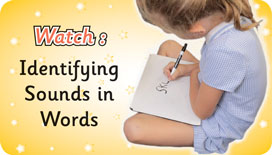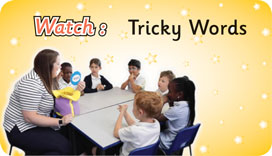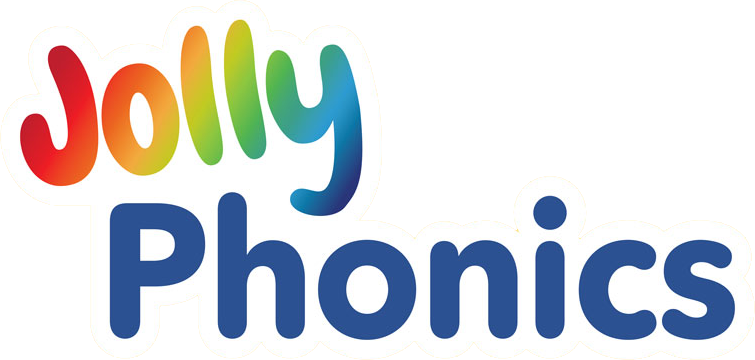
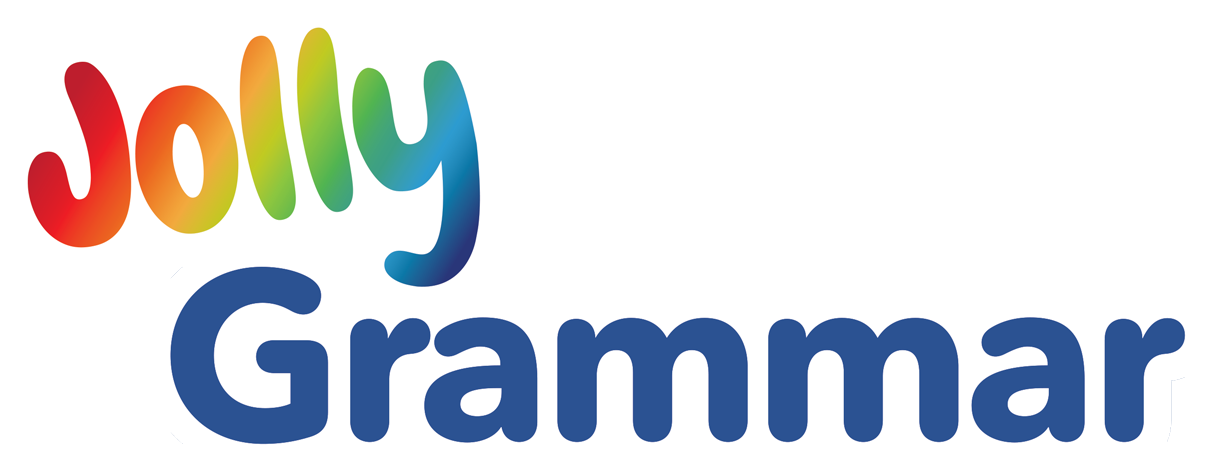
A programme that grows with your children
Our flagship programme, Jolly Phonics, teaches children to read and write using synthetic phonics, which is widely recognised as the most effective way to teach children to read and write in English. That was over 25 years ago. Since then our immense progress has been studied in numerous research projects, the results of which led to phonics becoming central to the UK curriculum. Today we are now used in over 100 countries worldwide. As the leading synthetic phonics publisher, and the most experienced, we offer a 7-year school programme that teaches not only phonics, but spelling, punctuation and grammar too.
- Systematic teaching of phonics, grammar, spelling and punctuation across the school years
- Teaching is multi-sensory and active, with fun actions, stories and songs
- Independent research supports the outstanding results achieved around the world with the programme
- Continues to revise and extend children’s phonic knowledge
- Flexible and easy to implement in your school
- Developed by teachers for teachers
Click here to discover our brilliant range of brand new and refreshed resources for 2021!
Jolly Phonics validated by the DfE as a complete systematic synthetic phonics programme!
Trusted by teachers and loved by children, we’re delighted to announce that Jolly Phonics has been validated by the Department for Education as a complete systematic synthetic phonics programme. This means that the programme meets the 16 essential core criteria required by the DfE.
Since its 30-year anniversary in 2017, Jolly Learning and its flagship, multi-sensory SSP programme, Jolly Phonics, has continued to cement its position as the leading programme in teaching children to read and write from an early age.
With its fresh and vibrant redesign, Jolly Phonics’ complete range of new and improved SSP resources continue to evolve to meet the needs of pupils and teachers, whilst delivering exceptional results for all children, both in today’s classroom and for the future.
Emma Ince is the Deputy Head Teacher at Tudor Primary School in Suffolk, England. She has overseen the school’s progression in literacy by using the Jolly Phonics programme over the last 8 years. In this short video, she discusses the ways they use the programme and the success they have had.
How Jolly Phonics works
Jolly Phonics is a comprehensive programme, based on the proven, fun and muliti-sensory synthetic phonics method that gets children reading and writing from an early age. This means that we teach letter sounds as opposed to the alphabet. These 42 letter sounds are phonic building blocks that children, with the right tools, use to decode the English language. When reading a word, they recognise the letters and blend together the respective sounds; when writing a word they identify the sounds and write down the corresponding letters. These skills are called blending and segmenting. These are two of the five skills that children need to master phonics:
- Learning the letter sounds:
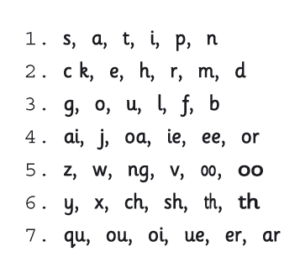 Children are taught 42 letter sounds, which is a mix of alphabet sounds (1 sound – 1 letter) and digraphs (1 sound – 2 letters) such as sh, th, ai and ue. Using a multi-sensory approach each letter sound is introduced with fun actions, stories and songs.
Children are taught 42 letter sounds, which is a mix of alphabet sounds (1 sound – 1 letter) and digraphs (1 sound – 2 letters) such as sh, th, ai and ue. Using a multi-sensory approach each letter sound is introduced with fun actions, stories and songs.
We teach the letter sounds in 7 groups of 6 letters at a pace of 4-5 sounds a week. Children can start reading after the first group of letters have been taught and should have been introduced to all the 42 letter sounds after 9 weeks at school. - Learning letter formation:
This is taught alongside the introduction of each letter sound. Typically, children will learn how to form and write the letters letter down during the course of the lesson. - Blending:
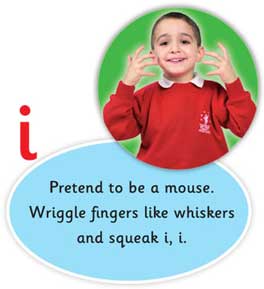
Once the first few letter sounds are learnt, children begin blending the sounds together to help them read and write new words. - Segmenting:
When children start reading words, they also need to start identifying the phonic components that make the word sound the way it does. By teaching blending and segmenting at the same time children become familiar with assembling and breaking down the sounds within words. - Tricky words
These are words with irregular parts, such as ‘who’ and ‘I’. Children learn these as exceptions to the rules of phonics. Introducing the common tricky words early in the year increases reading fluency (as they frequently occur in those first simple sentences you might expect them to read).
Alongside these skills children are also introduced to the main alternative spelling of vowels. These five skills form the foundation that children build on with each year of grammar teaching.
You can view videos for each of the five key skills by clicking on the buttons below.
Jolly Phonics works – proven results!
There has been much research all over the world on Jolly Phonics, which can be viewed here. The research shows that the progress made by children using Jolly Phonics far exceeds that of children not taught using a synthetic phonics approach. It is effective across the ability range, with boys doing just as well as girls, while those with English as their second language can do as well as children who have it as their first.
Rush Green Primary School in Essex, England, turned to Jolly Phonics to improve literacy levels across the school. After seeing great progress in their children’s abilities, they have since extended their teaching with the Grammar programme through the years.
“Jolly Phonics is amazing for the children to learn letter sounds and help pronounce words to take them onto the next stage of their speech and language.”
Jolly Phonics continues for the next 6 years
The programme continues throughout the school years, by extending the earlier phonics teaching with further spelling, grammar and punctuation concepts. Each year of teaching provides continuous revision and consolidation of topics taught in previous years. Children are also taught the core concepts of grammar and punctuation, starting with simple age-appropriate definitions, which are gradually built on with each year of teaching. The teaching continues to be multi-sensory with actions and colour coding (fitting with Montessori) for parts of speech to help children develop their understanding of how language works. The systematic programme means children are given the tools that they need to independently write what they want clearly and with expression.
With spelling, punctuation and grammar (or SPaG) now more prominent in curricula around the world we have been extending our literacy programme to go up to age 11 (Year 6/P7 in the UK). Our programme has been at the forefront of this teaching and meets the aims of both the UK National Curriculum and the US Common Core State Standards.
“The systematic teaching of spelling, grammar, punctuation and vocabulary is evident in the students daily writing. They are able to recognise and use parts of grammar in their reading and writing.”

